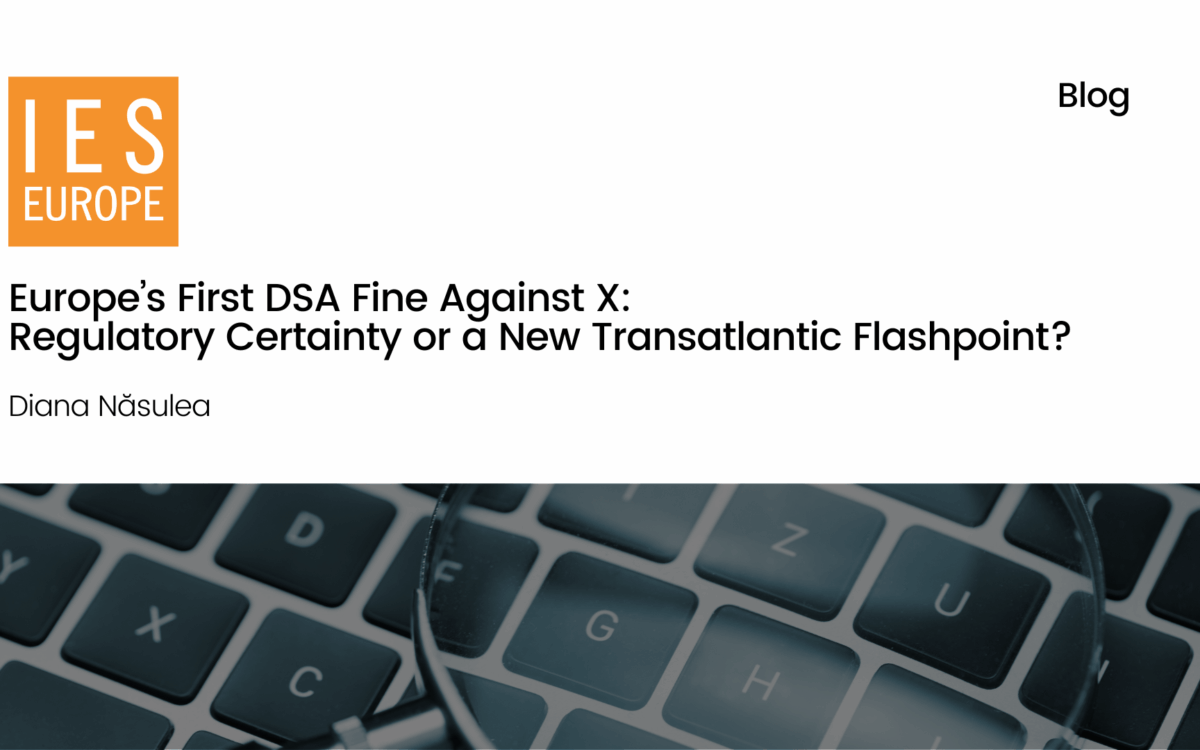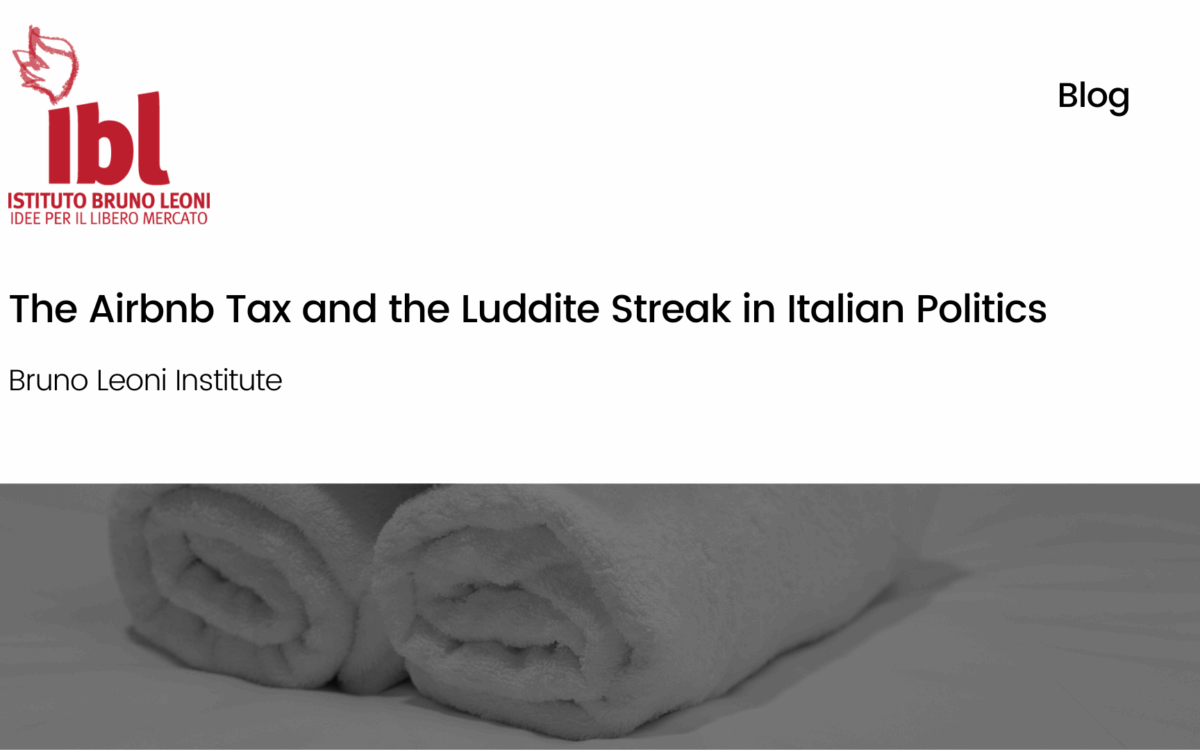Do Low Emissions Zones Really Work?

Do Low Emissions Zones Really Work?
Francisco Nunes // 25 June 2020
At the moment, the general sense of alarm caused by the supposed consequences of climate change is something that is shared by all Western societies. In order to tackle these consequences, various measures have been taken, amongst them the restriction of traffic. For example, there are zones where access is restricted – on certain days of the week – to vehicles whose registration plate ends with a given number, or where access is simply prohibited for all vehicles. A nearby example is in central Madrid, a low-emissions zone which has been both criticised and applauded. Those who have not welcomed these policies have usually been branded as being indifferent to climate change, or as being climate change deniers. But let’s evaluate what the empirical evidence on the effectiveness of these zones shows.
As our first example, let us take a study by the researcher Lucas W. Davis, of the University of Michigan. In November 1989, “No Drive Day” rules were implemented in Mexico City, meaning that most vehicles had to be off the roads on a given day of the week, rotating by registration number. The measure affected some 460,000 cars each day, and around 2.3 million in total. Despite its scope, did this policy really reduce pollution levels? It appears not. In the following graphs, where the vertical line indicates the time rule was put into place no significant reduction in the pollution types studied is appreciable.
But the study does not end here. Davis also investigated whether the measure resulted in an increase in the use of public transport and to what extent it influenced vehicle sales. As you can see from the graph, use of the metro and bus systems in Mexico City did not increase as a result of the “No Drive Day” programme.
Nor did gasoline or vehicle sales decrease. The latter, opposite to what you might expect, actually increased.
In fact, the opposite happened. There was an increase in the use of high polluting vehicles. Overall, the policy was not effective in obtaining its objective, and indicates that the number of vehicles affected by the policy and their characteristics must be taken into consideration.
Now let’s look at researcher Hannah Boogard’s work on various low-emissions zones in Holland; the locations she covered within the country have been identified on the map below.
This investigation, which focuses on the effects of these anti-pollution policies on lorry emissions, identifies no significant reduction in CO2 levels; this is a consequence of the fact that the vehicles targeted are too few in number to bring about any significant reduction.
The studies examined thus far do not seem to provide any backing to the effectiveness of low emissions zones. However, not all of the research points to the same conclusions. Now let us look at two low-emissions zones established in Rome, which can be seen in dark red on the next map.
In one of the zones, all vehicles (except those with special permission) have been banned from Monday to Friday between 6:30 and 18:00, and on Saturdays between 14:30 and 18:00. In the other zone, the restrictions remained in place between 2002 and 2003. They applied 24 hours a day only to old diesel vehicles. The study, which covers the 2001-2005 period, concludes that in low-emissions zones pollution related to traffic reduced, which brought with it an improvement in the health of local residents, who were for the most part very affluent.
Low-emission zones in London were studied by researchers Greaves and Hensher. The area covered is outlined in green on the map below.
Within this zone, although improvements in air quality surpassed those in the rest of the city, the very low ratio of oxygen to nitrogen is comparable with that observed outside of low-emissions zones. The policy did cause widespread replacement of vehicles with old ratings (pre-Euro III) with newer and less polluting models. The study concludes that the low-emissions zone itself did not have a significant impact on pollution, but it did play a part in the reduction.
Each of the cases we have looked at arrives at the conclusion that whilst more evidence is needed in order to make better-informed decisions, the effectiveness of low-emissions zones is not as clear-cut as many might think. Studies that go against these policies should not be simply cast aside, and it is worthwhile to keep them in mind before taking measures as drastic as those we are seeing implemented at the moment.
This article was originally written in Spanish by Civismo. Translated by Louis Kill-Brown.
EPICENTER publications and contributions from our member think tanks are designed to promote the discussion of economic issues and the role of markets in solving economic and social problems. As with all EPICENTER publications, the views expressed here are those of the author and not EPICENTER or its member think tanks (which have no corporate view).










